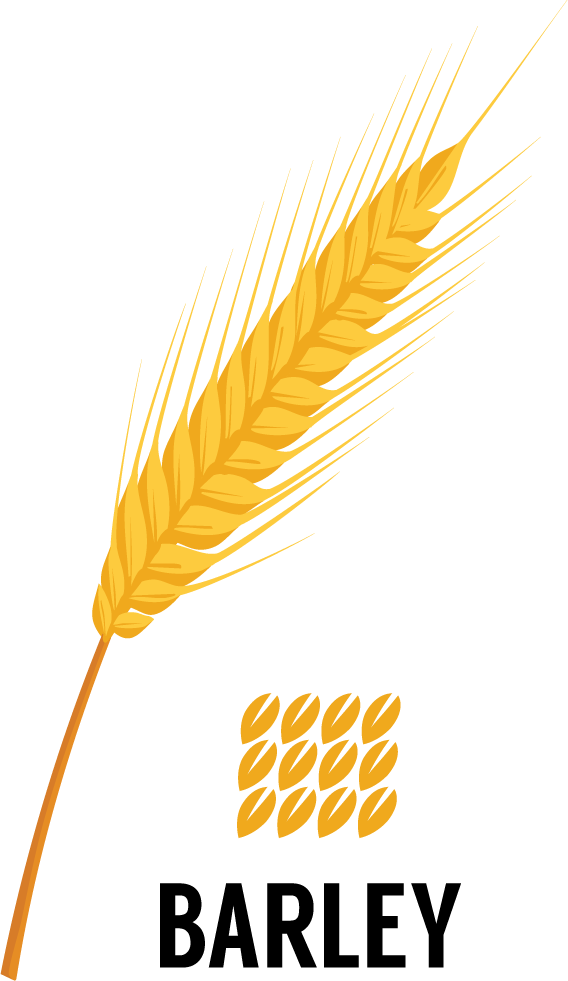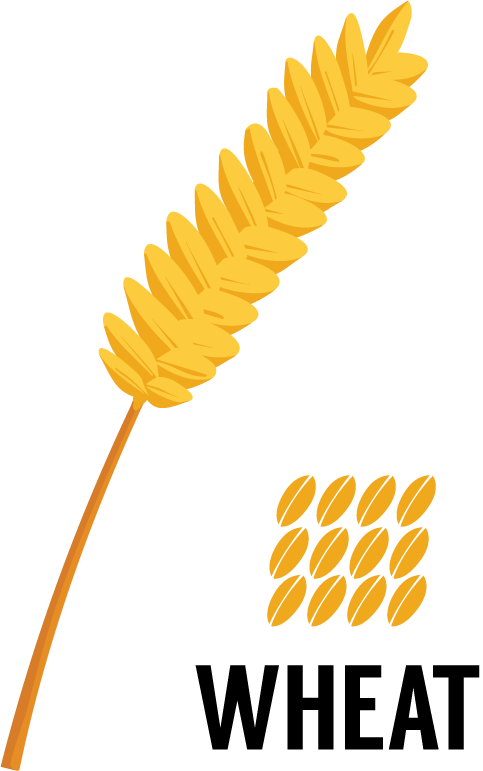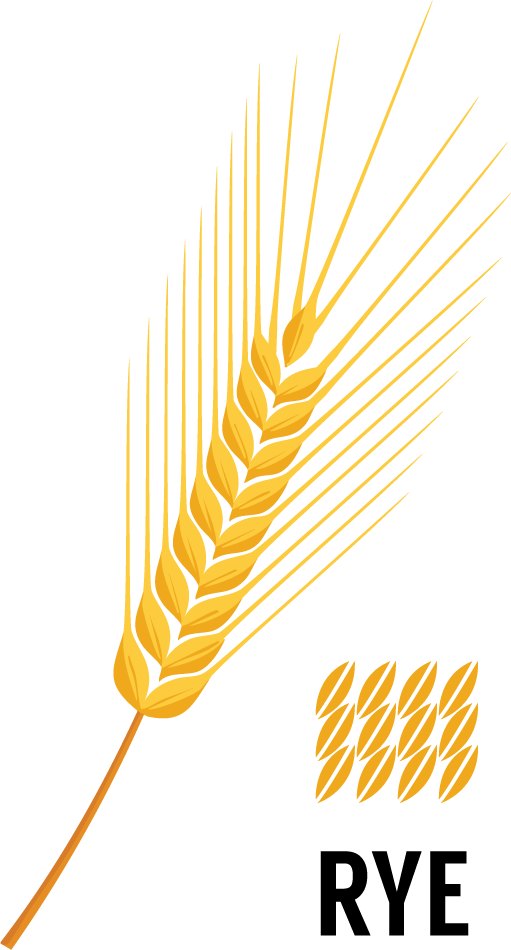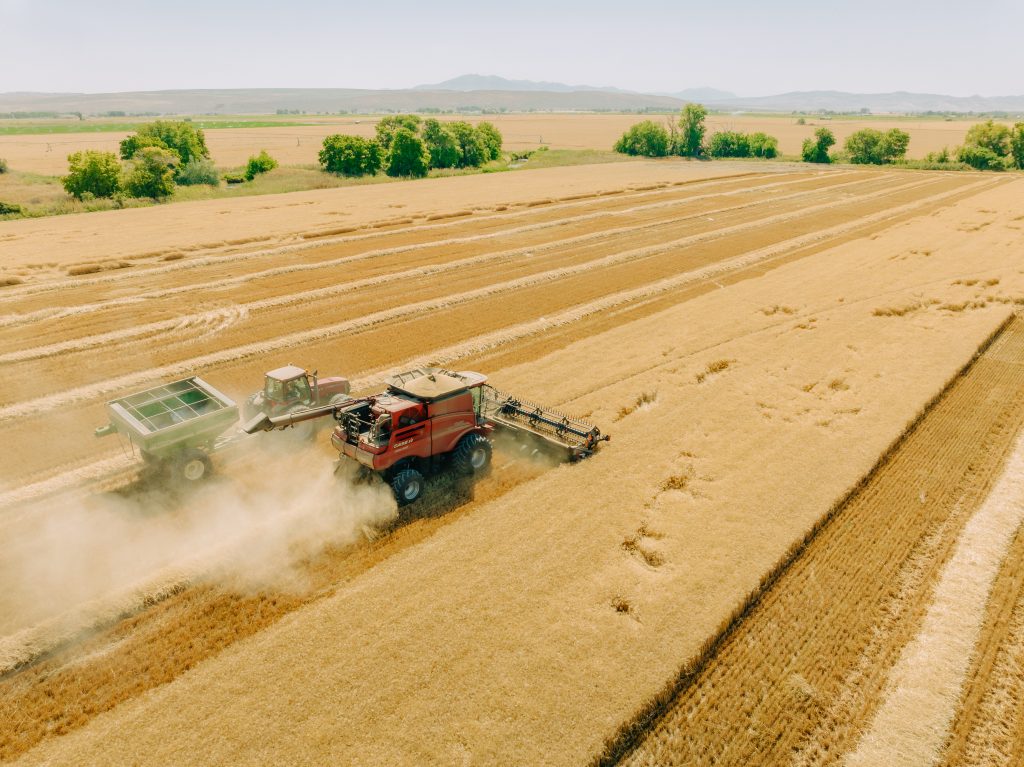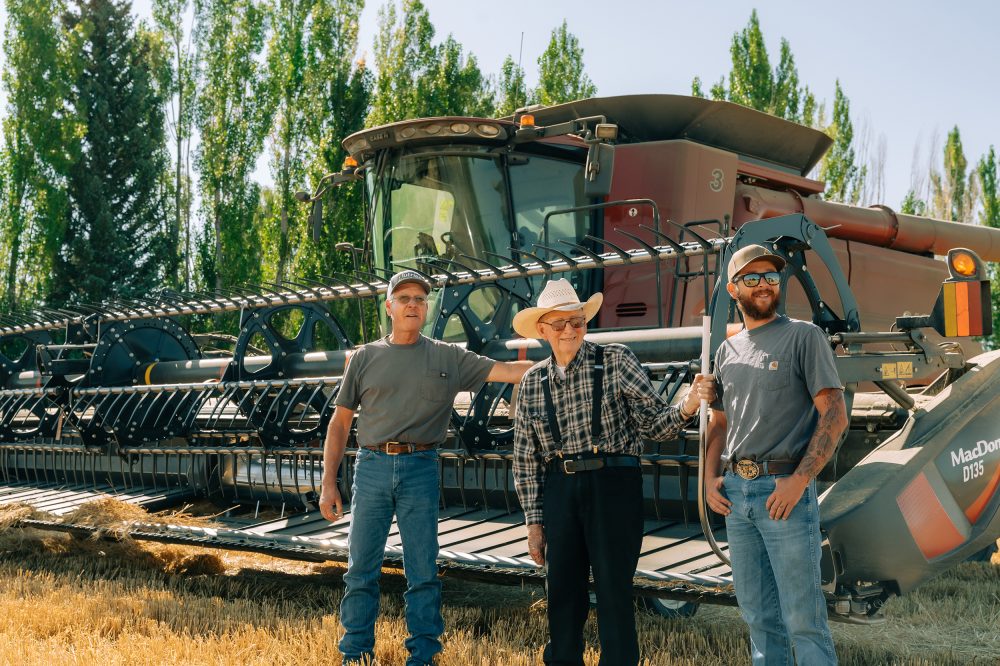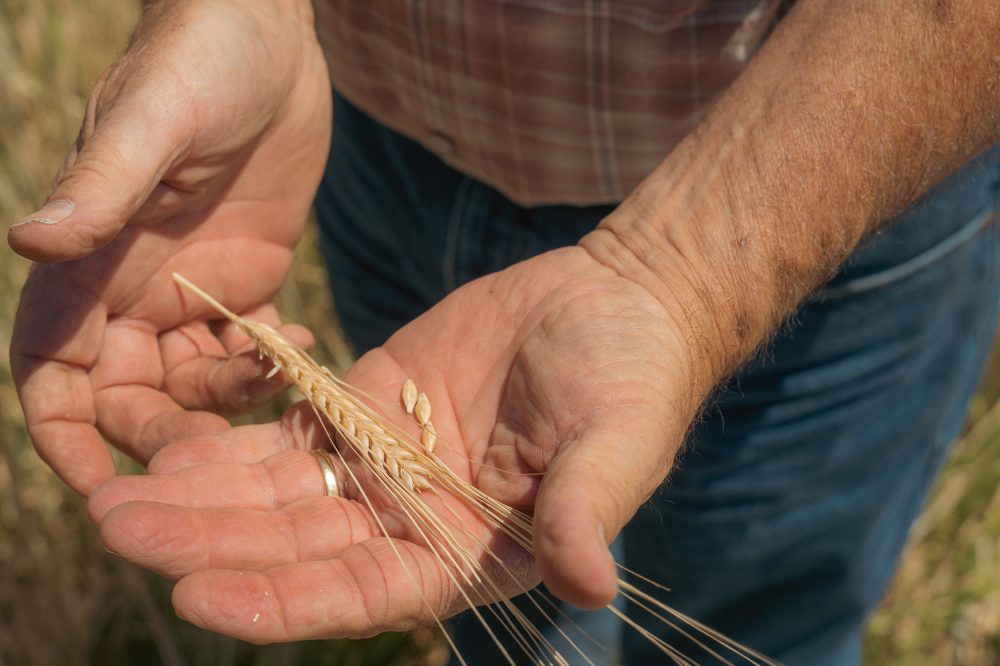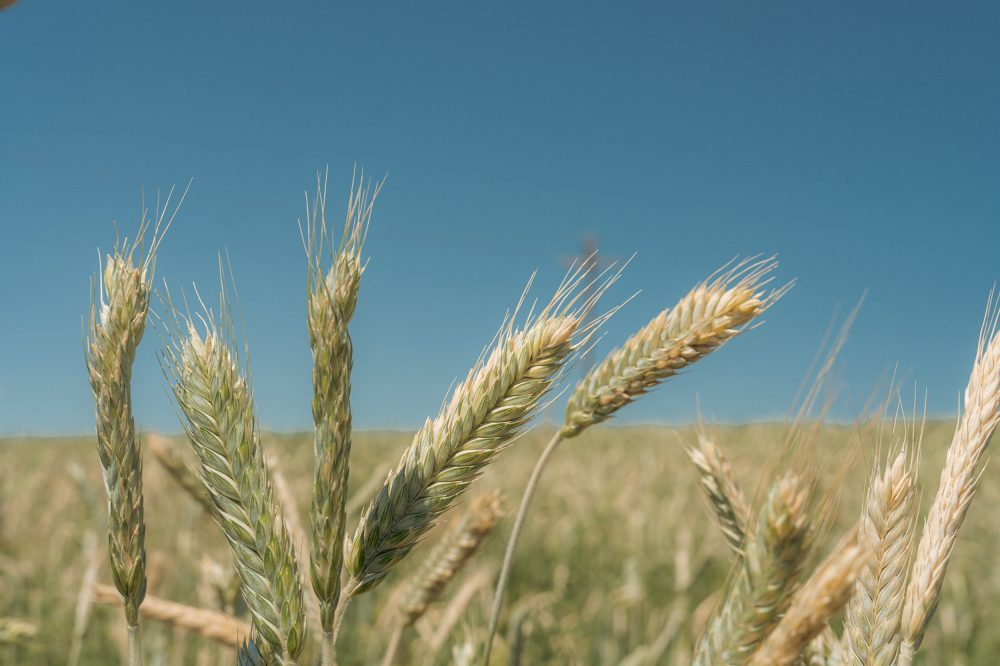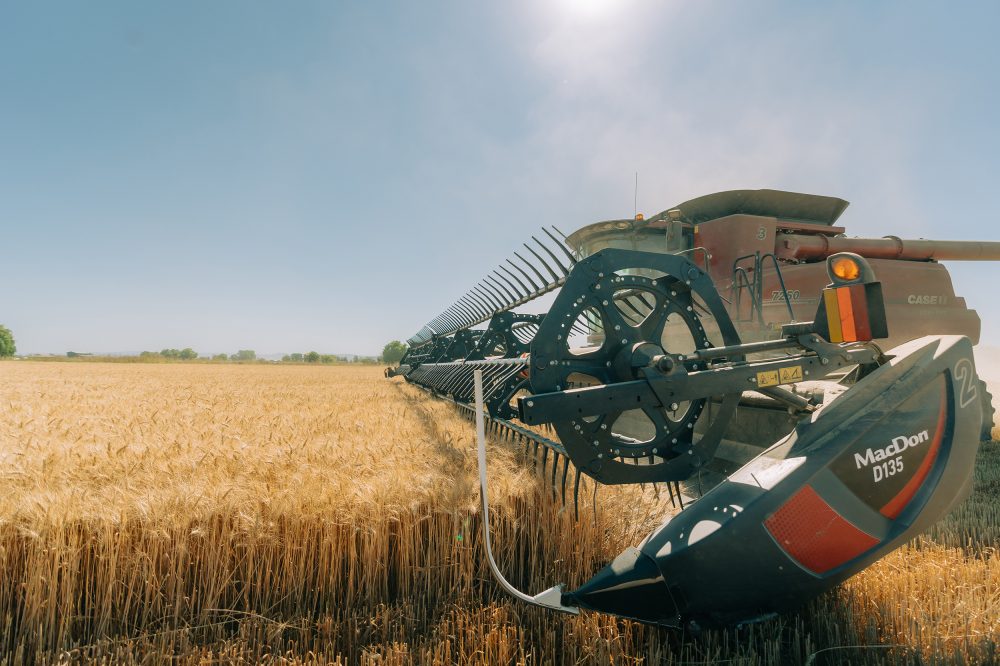Sourced from the Pacific Northwest
Barley for Great Western Malting is sourced from growers across 5 states including Washington, Oregon, Idaho, Montana and California.
Long term relationships have been established and our barley procurement specialists frequently visit growers on site to check on the barley growth and quality.
Growers work with Great Western to grow barley that has agronomic traits beneficial to the grower and malting traits beneficial to the maltster.
Agronomic Traits:
- Yield
- Plant Height
- Days to Maturity
- Grain Protein
- Kernel Size
- Disease Resistance
Malting Traits:
- Kernel Size
- Extract Potential
- Grain Protein
- Grain Starch Content
- Enzyme Potential
- Husk Strength
Two types of barley are grown for malting; Spring and Winter varieties. This ensures maximal yields and staggered harvesting which ensures a continuous supply of barley for malting.
- Spring: Planted in April / Harvested in August
- Winter: Planted in October / Harvested in July

Barley Quality
Barley quality is influenced by the environment in which it is grown, handled and stored. The sample being evaluated must be representative of the entire lot. Hand evaluation for color, odor, damage and kernel quality is an essential step in the process.
Great Western also performs laboratory analysis on barley. Some of the many tests performed include: germinative capacity, moisture content, kernel plumpness, and acceptable levels of protein.
The barley selected for processing into malt must meet certain requirements:
- It must be viable and capable of growth.
- It must have a relatively low proportion of protein, the lower the protein the higher the amount of carbohydrate.
- The kernels should be of an even size to allow for even growth.
- The kernels should be plump and uniform in size. Plump corn contains more starch by proportion and therefore have a higher extract potential.
- The kernels must be undamaged and free of disease.
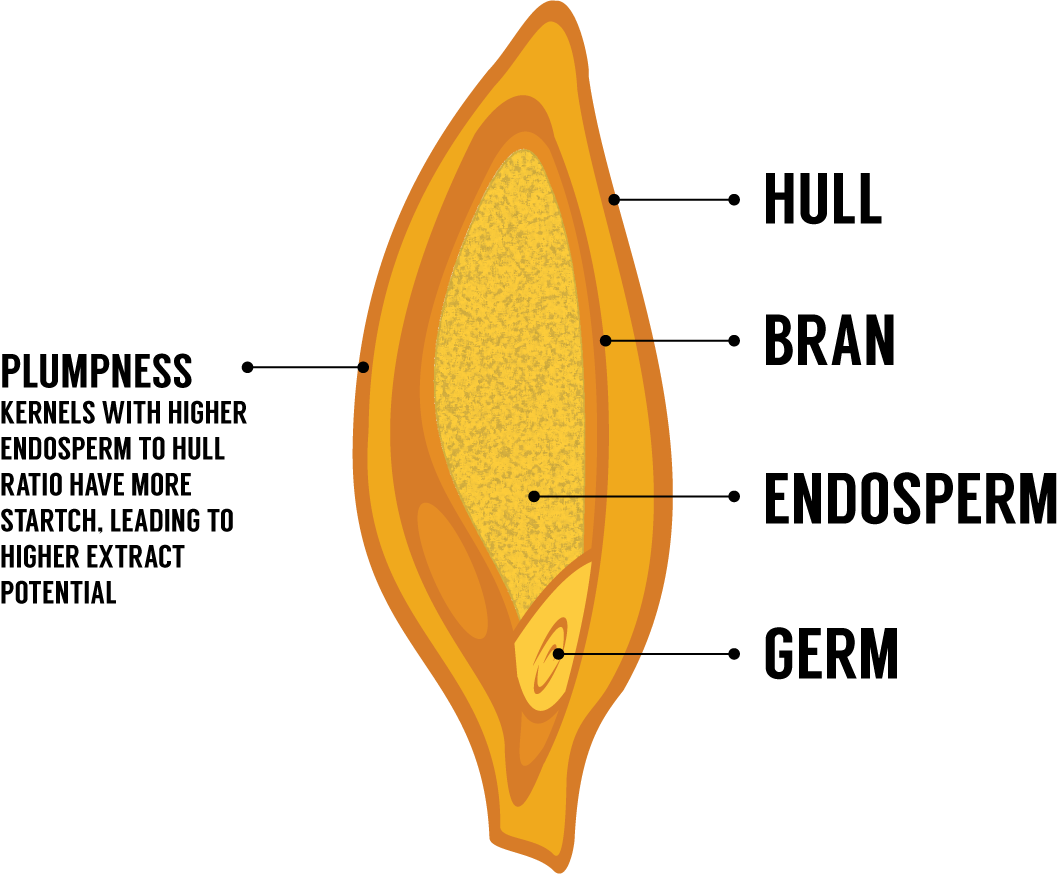
Today’s beverage producers are reaching beyond barley to explore a broader spectrum of flavor and function. That’s why we partner with trusted growers to source a variety of premium grains—offering a diverse ingredient selection, like our Low Color Wheat Malt and Biscuit Rye.
